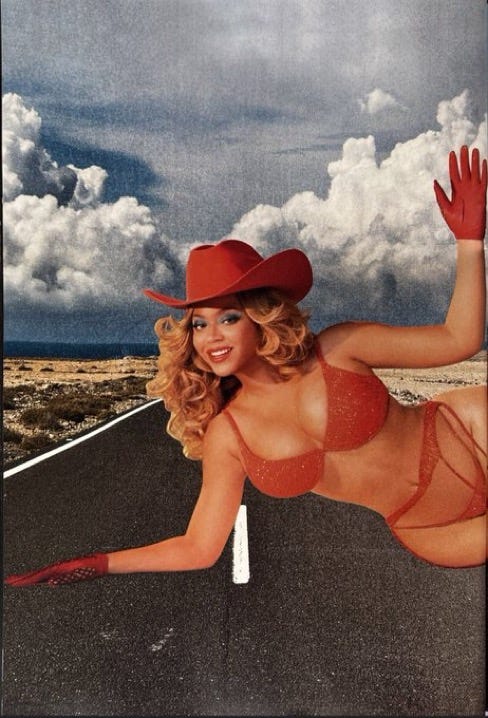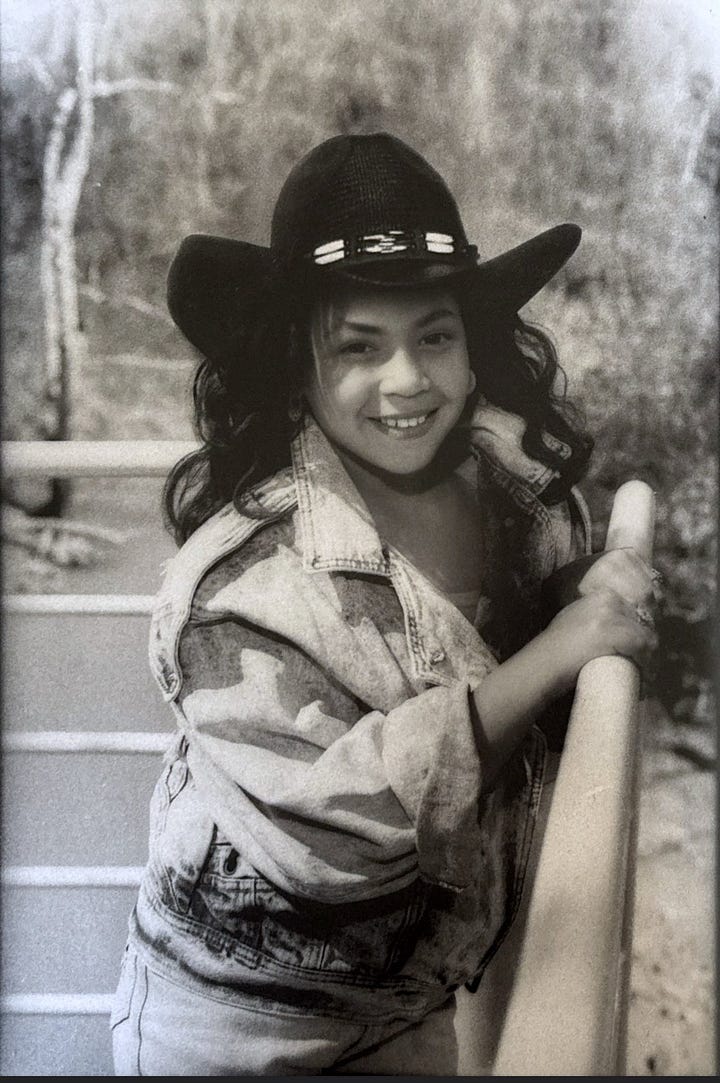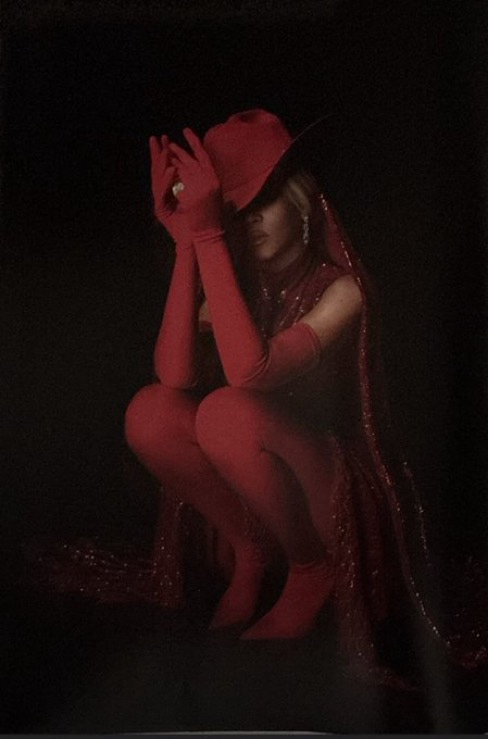8 Times Beyoncé Left Us Gagged — and Why She Still Runs the World
We screamed, we cried, we danced—and we witnessed history. Here are the eight times Beyoncé proved she’s THAT girl.
Beyoncé isn’t just an entertainer… she’s a strategist. Across three decades, she has continually disrupted the music industry’s traditional models. From R&B dominance with Destiny’s Child to the billion-dollar juggernaut of her Renaissance World Tour, her career is a case study in vision, innovation, and power. A pillar in her career, Destiny’s Child gave us more than hits—they gave us cultural turning points. And with Beyoncé leading the charge, those milestones became the foundation for her solo dominance.




1999 – The Writing’s on the Wall
When Beyoncé led the charge on “Bills, Bills, Bills” and “Independent Women,” it wasn’t just catchy R&B—it was a declaration that women deserved financial respect. Beyoncé has carried that same energy into her solo catalog, from “Upgrade U” to the global anthem “Break My Soul.”2001 – Survivor Era
Destiny’s Child’s “Survivor” turned drama into strength, with Beyoncé’s voice delivering resilience as a cultural anthem. With “Bootylicious,” she and the group flipped the script on beauty standards, making curves mainstream cool. Later, Beyoncé expanded this into global conversations about body image, artistry, and self-love.2013 – Super Bowl Halftime Show
At the height of her solo stardom, Beyoncé chose to share the Super Bowl spotlight with Kelly Rowland and Michelle Williams. That decision wasn’t just about nostalgia—it was about honoring the roots of her artistry and showing that sisterhood could shine on the world’s biggest stage.2018 – Beychella
The Coachella performance wasn’t just historic—it was transformative. Beyoncé turned the festival into a love letter to HBCUs, Black excellence, and feminism. The Destiny’s Child reunion within the set was more than a throwback; it was proof that the cultural blueprint they’d written together was still alive in her vision.
Beyoncé also has never been content to stay the same. Every chapter of her career has been about growth—musically, personally, and culturally. These four milestones tell the story of how she went from superstar to icon after venturing on her own path.
2003 – Dangerously in Love
Emerging from Destiny’s Child, Beyoncé’s debut with hits like “Crazy in Love,” positioned her as a singular force. She balanced mainstream appeal with artistic command, proving individuality need not sever ties to her group identity but could expand.2011 – Glastonbury Festival
When Beyoncé took the stage at Glastonbury it wasn’t just historic—it was corrective. She was breaking barriers. As one of the few women of color to headline the rock-heavy festival, she expanded what audiences expected from the event, bringing R&B, pop, and pure star power to the pyramid stage.2013 – Beyoncé
No press. No promo. Just a midnight album drop that changed everything. By releasing her self-titled album without warning, Beyoncé redefined how music could reach fans, setting the blueprint for the surprise-drop era we live in now.2016 – Lemonade
Part confessional, part cultural manifesto, Lemonade intertwined personal vulnerability with collective histories. It mapped infidelity onto systemic oppression, then expanded into a meditation on resilience, community, and Black womanhood. Beyoncé too transformed pop music into a visual essay amplifying systemic critique, creating a work as academically studied as it was popularly celebrated. Beyoncé’s artistry had evolved into a vehicle for cultural documentation and political reckoning.
Few artists can dominate charts while rewriting history, but Beyoncé has made that balance her specialty. Her two most recent works, Renaissance (2022) and Cowboy Carter (2024), demonstrate her dual role as global superstar and cultural historian. With Renaissance, Beyoncé delivered not just a dance album, but a love letter to Black queer pioneers of house, disco, and ballroom. By amplifying voices often erased from mainstream dance history, she elevated figures like Kevin Aviance, Honey Dijon, and the ballroom community into global consciousness. The record transformed overlooked subcultures into an international celebration, ensuring their legacies would never again be sidelined.
Cowboy Carter on the other hand disrupted country’s entrenched gatekeeping by unapologetically inserting Black lineage back into the genre. Beyoncé positioned herself in dialogue with trailblazers like Charley Pride and Linda Martell, artists whose contributions were often obscured in a whitewashed narrative of country music. In doing so, she didn’t just cross genres—she rewrote them, asserting Black presence as foundational, not marginal.
Scholars often describe Beyoncé’s tours as traveling cultural economies—spectacles that generate billions for host cities while centering Black narratives on the world’s largest stages. Coupled with her BeyGOOD foundation, which channels her global influence back into education, equity, and community uplift, Beyoncé’s legacy is clear: she is not just performing culture, she is investing in its future.


